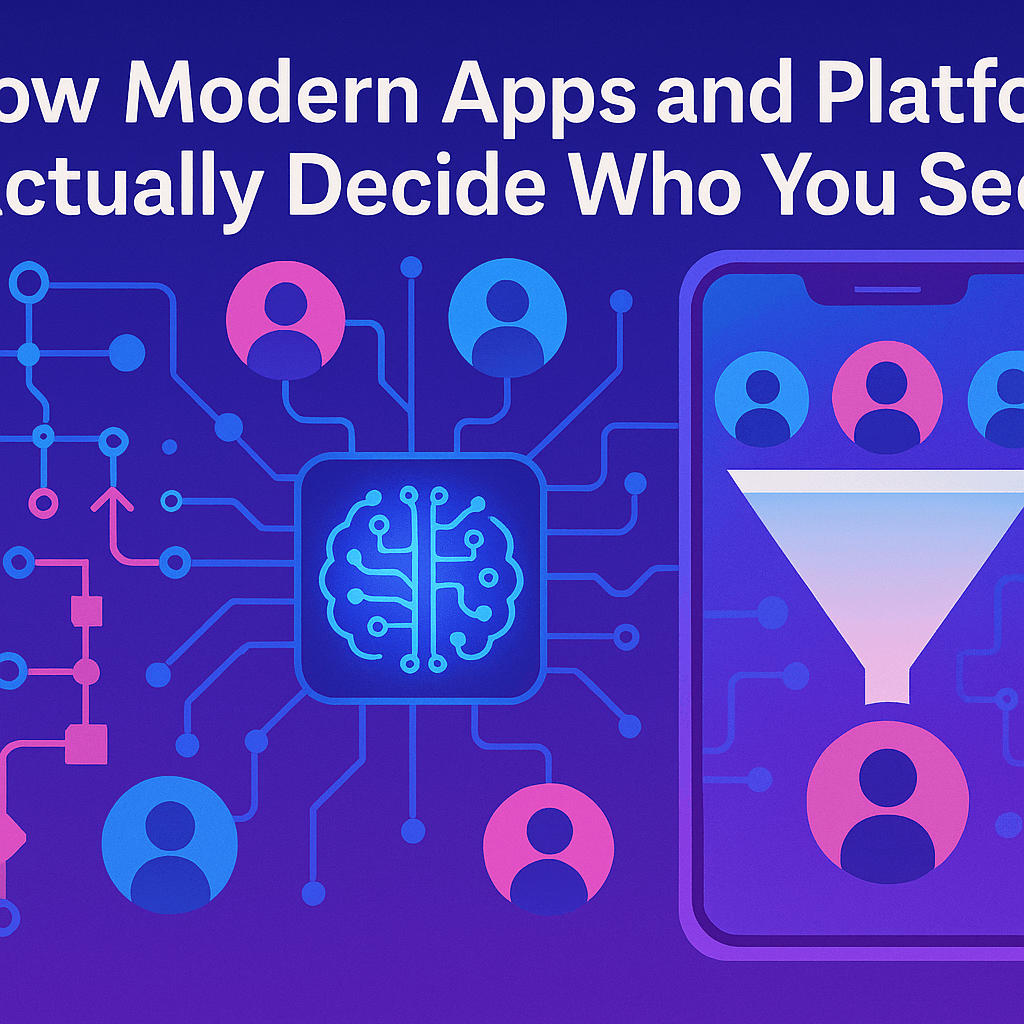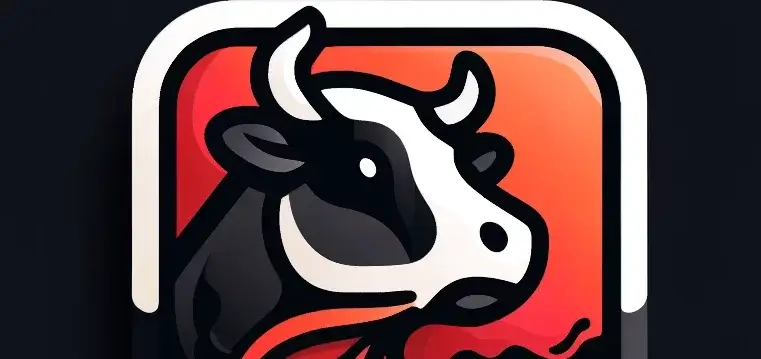So you’re swiping away on those dating apps, right? Pretty much everyone is these days. They all say they’ll help you find ‘the one,’ or maybe just someone for coffee, or maybe something less… involved. But have you ever stopped and thought about how it actually works behind the scenes? Like, why do those particular faces pop up for you? Spoiler alert: it ain’t random chance. There’s some pretty smart AI code humming away back there, basically keeping tabs on you, trying its best to figure out who you might actually want to talk to.

So How Does It Know You? It Watches Everything
Okay, so how does this AI learn your deepest desires (or at least your swiping habits)? Simple: it watches everything. Seriously. First off, it scoops up all the obvious stuff you feed it directly – your age, where you’re at, that bio you spent ages writing (or just dashed off), your carefully selected pics, the interests you clicked on. Standard stuff.
But that’s just scratching the surface. The really interesting (or maybe slightly creepy?) part is how it tracks your behavior on hookup sites. Who do you swipe right on? Who gets an instant ‘nope’? Which profiles make you stop scrolling and actually read? How quickly are you to reply to messages? Yeah, it notices all that. It’s constantly piecing together a picture of what you really like, learning your tastes from every single tap and swipe you make.
Some of these apps get even fancier, using tech that can actually understand the words in your profile or chats (nerds call it Natural Language Processing, or NLP). This helps the AI guess your sense of humor, maybe what you value, or what you’re actually looking for. It doesn’t really care if you’re dreaming of wedding bells or just browsing through listings on casual hookup sites – it sees the pattern. It learns from your actions what your type really is, maybe better than you know yourself sometimes. All that data you generate just by using the app? You’re basically training your own personal match-bot.
Matching Based on Behavior: Actions Speak Louder Than Words
This is where things get interesting. AI doesn’t just listen to what you say you want; it pays huge attention to what your actions show. If you say you want a quiet bookworm but only swipe right on adventurous rock climbers, the AI notices. This is called behavioral matching. One common method is like getting recommendations from pals: the AI finds other users who have swiped and messaged similarly to you, then suggests people those users liked. Another way is to compare profile details directly – finding others who share the listed hobbies or lifestyle choices.
Your swiping habits, messaging style, and who you engage with paint a picture of your actual preferences. The system tries to pair you with others whose actions imply a mutual interest might spark. Think of it like picking the right gear for an activity; the AI attempts to figure out your ‘style’ and find someone whose approach seems to fit. Understanding how to choose the perfect match in any context often involves examining techniques and tendencies. Dating algorithms attempt something similar by analyzing behavioral signals to suggest potentially good pairings based on more than just surface details.
Incorporating Preferences: Stated vs. Inferred
So, you’ve set your filters: age 25-35, within 10 miles, non-smoker. The AI definitely sees those. These are your explicitly stated preferences. However, as we saw, AI also infers your preferences from your behavior. What happens when they clash? Often, the algorithm trust your actions more. If you keep messaging people outside your stated age range, the AI might gently start showing you more of them, thinking, “Hmm, maybe they’re more flexible than they said.”
It’s a balancing act. The AI uses your filters as a starting point but refines its suggestions based on the real-world choices you make on the platform. Again, NLP can help here, analyzing profile text or chat content to get a sense of what truly matters to you, aiming for matches where AI grasps core values or life goals, moving beyond just basic stats and understanding personality more deeply.
The Science of Sparks: AI and Percentage Scores
Ever seen those “90% Match!” scores? That’s AI trying to put a number on potential. It takes everything it has learned – your stated preferences, your swiping and messaging habits, shared interests it found (both obvious and subtle), maybe even similarities in communication style detected through text analysis – and runs it through complex calculations. The result is a score predicting the likelihood that you two may hit it off.
It’s important to remember this isn’t a guarantee of soulful stares or instant chemistry. It’s a calculated guess based on patterns seen across millions of users. The AI is essentially saying, “Based on the data, people like you tended to get along well with people like them.” It’s probability, optimized by algorithms, attempting to find a promising pairing in a sea of profiles.
Conclusion
So, while you’re swiping, AI is busy learning about you, watching how you act, figuring out what you really like (not just what you say you like), and crunching numbers to guess who might be a good fit. It’s designed to sort through the masses and personalize the options you see. These smart programs are a huge part of modern dating, acting as tireless digital assistants in the ongoing search for someone worthwhile.
